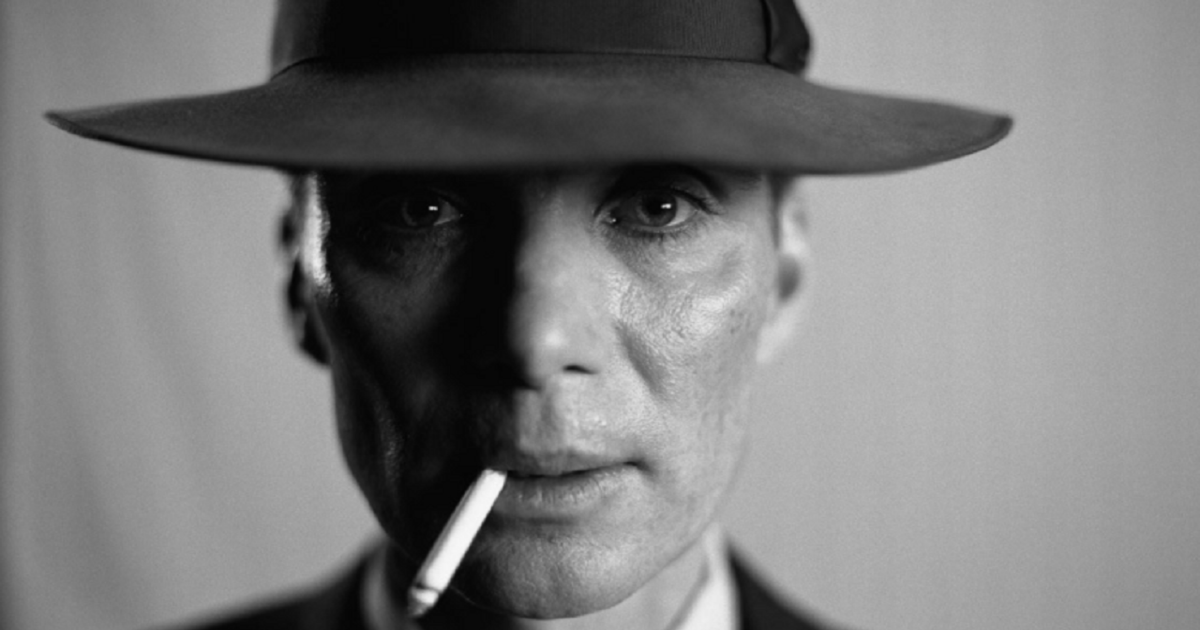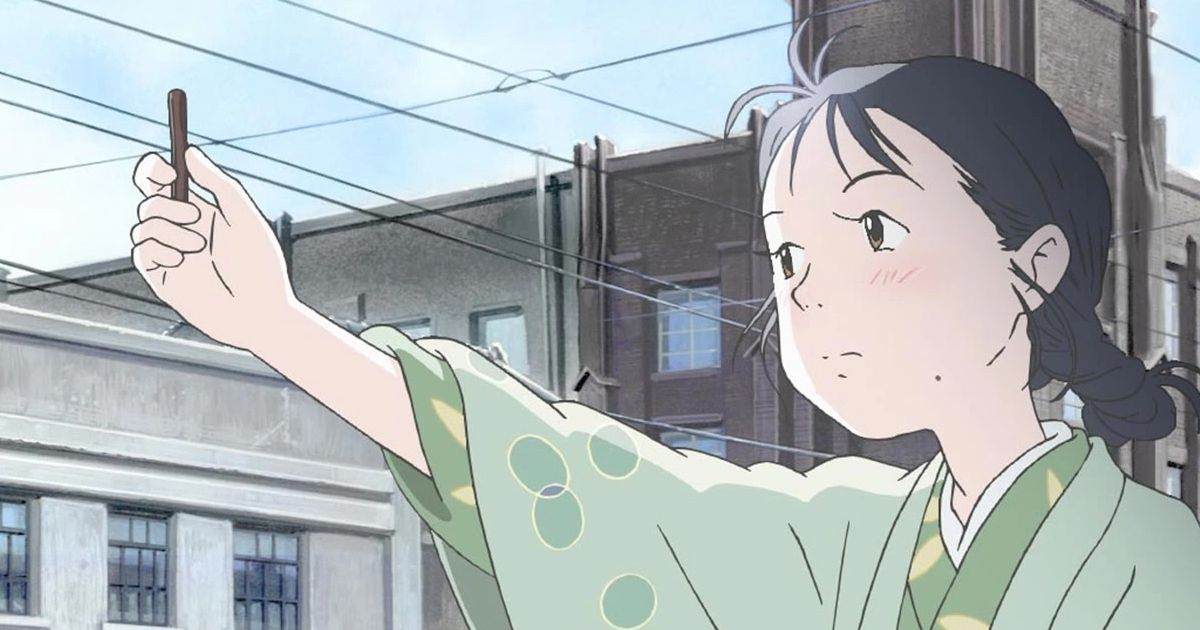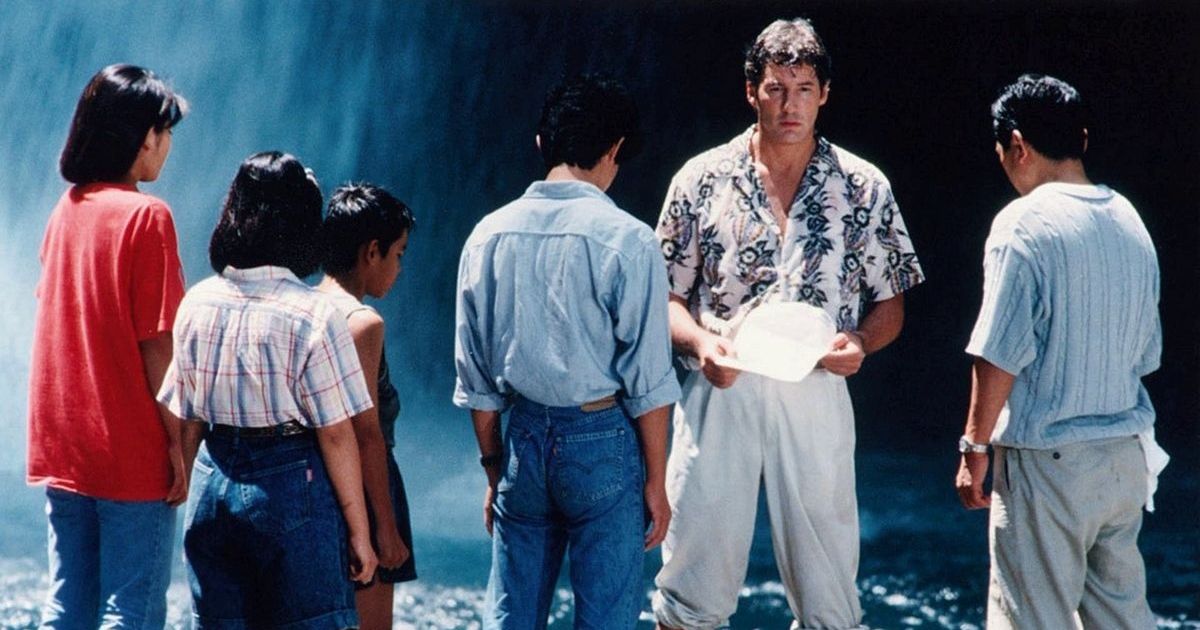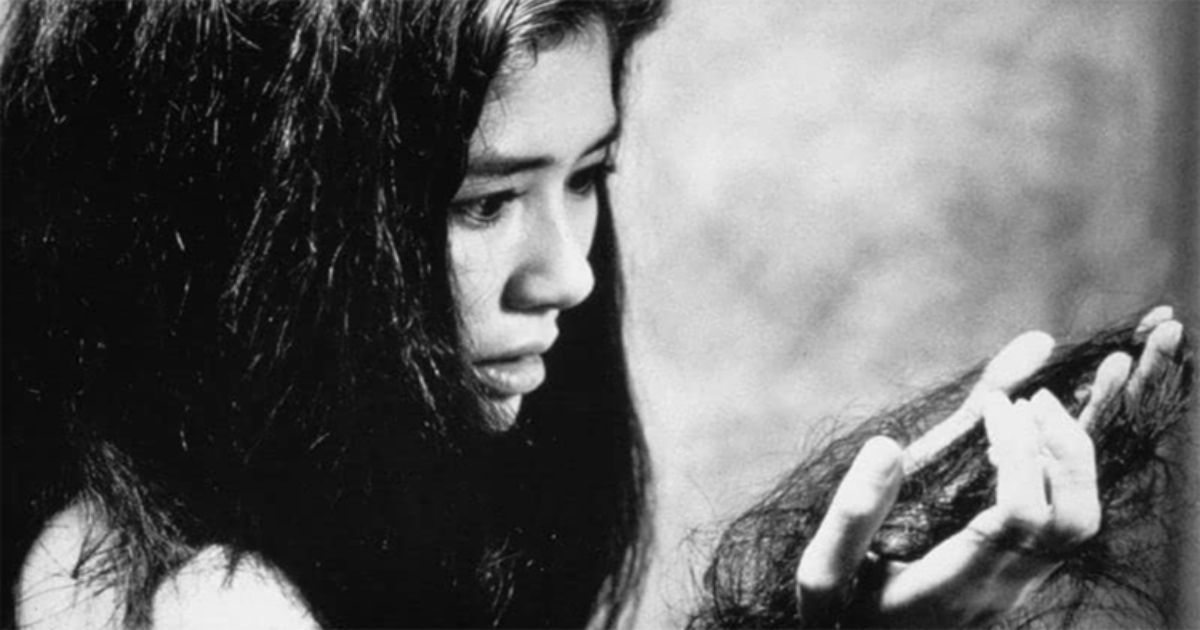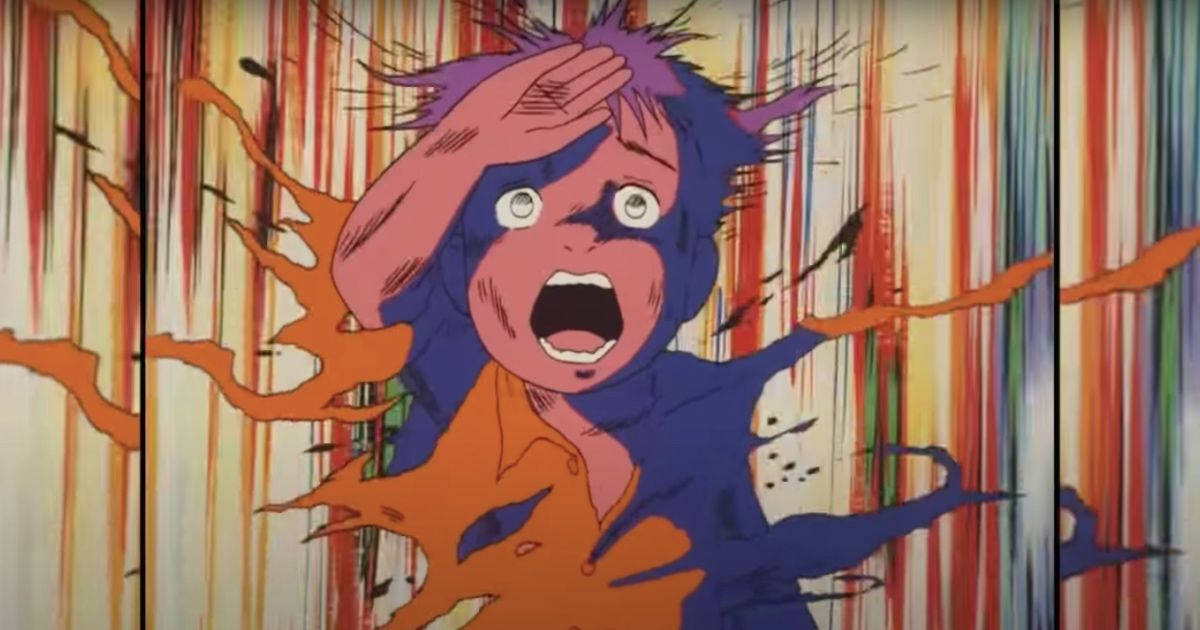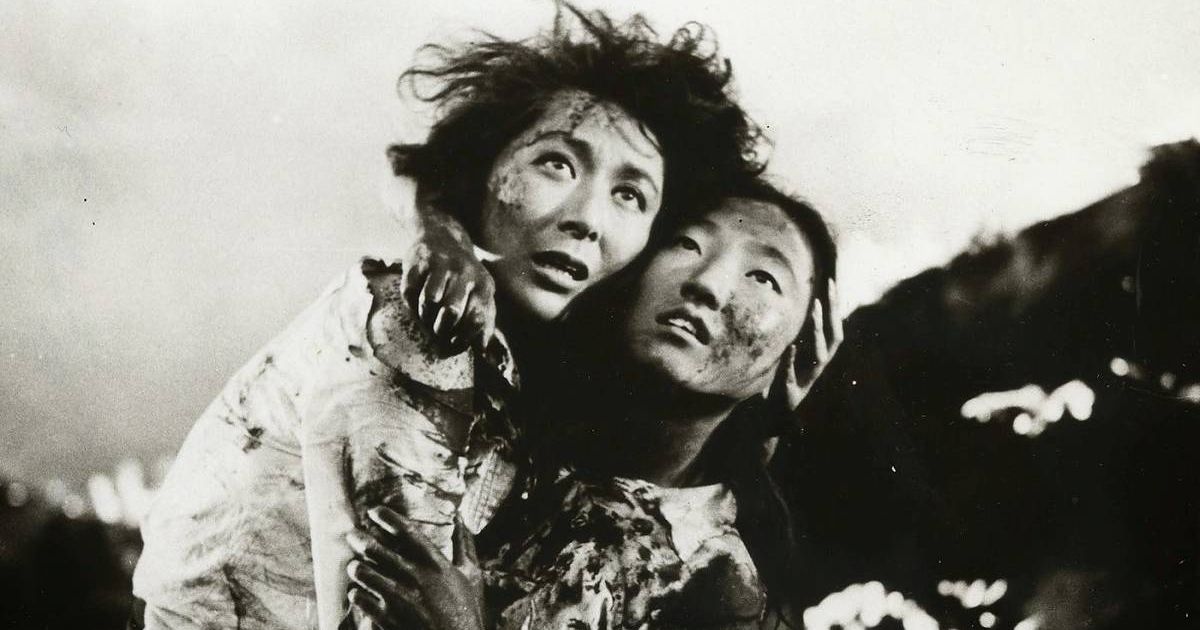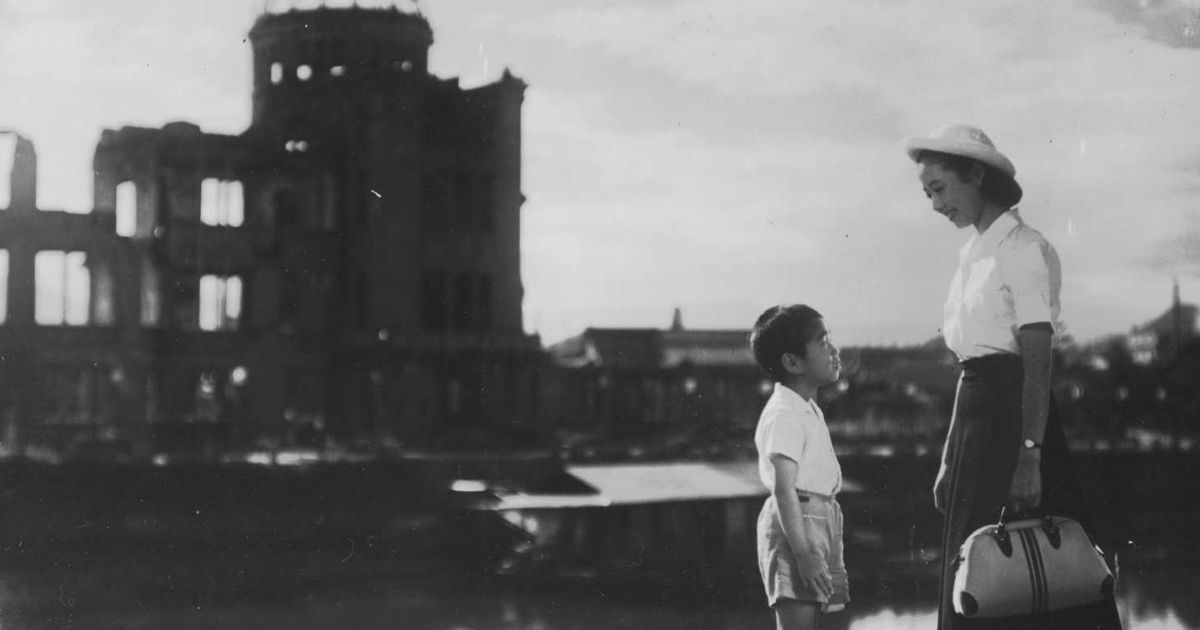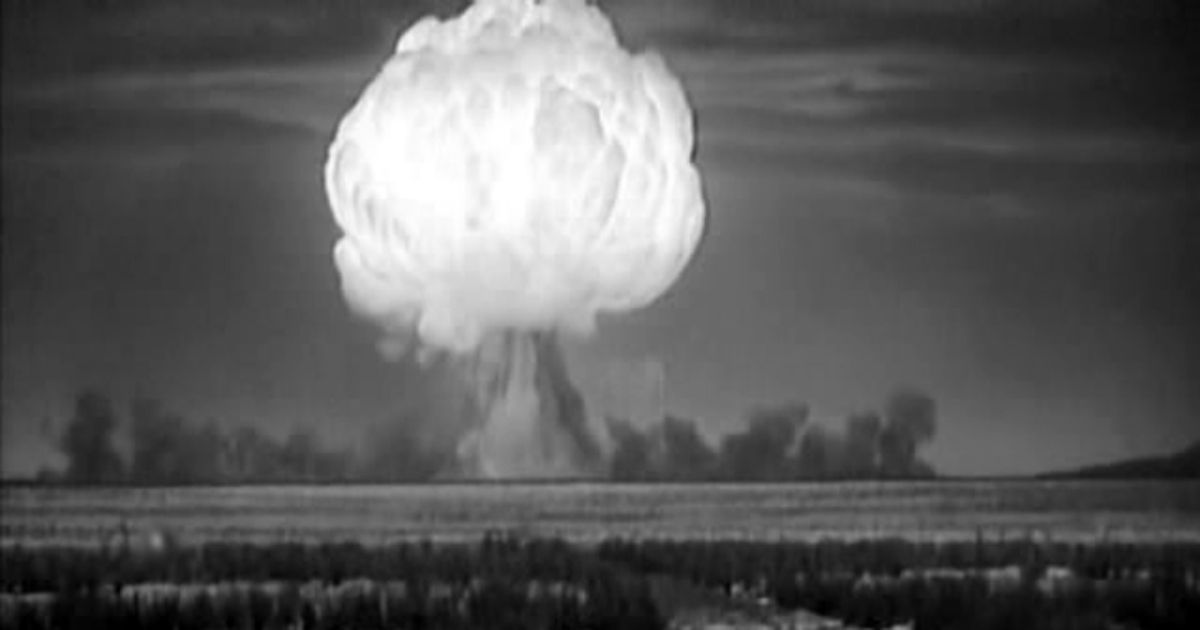During World War II, the United States led the Manhattan Project with the intention of building an atomic bomb before the Germans. J. Robert Oppenheimer played a key role in its development, serving as the director of the Los Almos Laboratory and eventually being named the "father of the atomic bomb." The project's success changed the world far more than anyone could possibly have imagined.
The new Christopher Nolan film, Oppenheimer, chronicles the life of one of history's most significant figures. As of Oppenheimer's release, the only use of nuclear weapons in an armed conflict have been during the atomic bombings of Hiroshima and Nagasaki. The destruction caused by the bombings was horrific, and it's something that has been explored in film for more than 70 years. Here are 7 movies that have explored the devastating impact of the atomic bomb.
This list includes movies that are specifically about the atomic bomb from WWII. For movies exploring the threat of nuclear war outside of real-life historical events, click here.
7 In This Corner of the World (2016)
Set in the 1930s and 1940s, In This Corner of the World was an animated feature that told the story of a young woman named Suzu. The film depicted the lead-up to and the aftermath of the war, portraying the daily life and many struggles of those living in Hiroshima. Suzu lost not only the people that were closest to her but also her right hand, which was the hand she used to pursue her lifelong passion of art.
In spite of all the struggles Suzu faced, she was able to find the strength to persevere. An extended version of In This Corner of the World was released in December 2019 titled In This Corner (and Other Corners) of the World. With a running time of two hours and 48 minutes, the extended version has become the longest animated film to date.
6 Rhapsody in August (1991)
Akira Kurosawa's film Rhapsody in August centered on a post-War Japanese family, showcasing the responses of three generations to the atomic bombing of Nagasaki. The grandchildren of Kane, a hibakusha (Japanese for "survivor of the bomb"), visited Nagasaki and learned about the traumatic experiences of their grandmother. Kane was left forever haunted by the loss of her husband and harbored hostility towards the U.S. for their actions during World War II. This concerned her children, who worried she would cause conflict with their family members in Hawaii.
Rhapsody in August has received some criticism for highlighting American atrocities while failing to mention Japanese war crimes. At the Tokyo Film Festival, however, Kurosawa expressed that he wanted his film to say that "war was between governments, not people" (via Roger Ebert). Countless innocent lives were taken when Nagasaki was bombed, and the repercussions of the event will continue to be felt throughout all of history.
5 Black Rain (1989)
Not to be confused with the Michael Douglas-led Black Rain (which was also released in 1989), Black Rain was set five years after the atomic bombing of Hiroshima. Yasuko was one of the survivors, and despite seemingly being healthy, her status as a survivor made her an undesirable marriage prospect. Many survivors suffered from radiation sickness and, as a result, were avoided by those that wanted to start a family.
Black Rain was unafraid to tackle the social stigma survivors faced that was a direct result of the Hiroshima bombing. The film portrayed survivors succumbing to the sickness over time and featured the phrase of "the bomb finally got me." The atomic bombing of Hiroshima was horrific enough, but for the survivors, the horrors continued long after the bombs had already been dropped.
4 Barefoot Gen (1983)
Barefoot Gen was written by Keiji Makazawa, who was a survivor of the atomic bombing of Hiroshima. Makazawa lost most of his family during or shortly after the bombing and went on to draw from his experiences in his work. The central character in Barefoot Gen, Gen Nakaoka, was used as a stand-in for Makazawa. Although Gen was just a boy, he too was not spared from witnessing the horrors of the atomic bomb. Such horrors included having to witness his friends and family members burn to death.
The film centered on a young boy and was not a horror film, and yet, was one of the most disturbing animated films ever made. A sequel titled Barefoot Gen 2 was released in 1986, following Gen and his mother as they dealt with her radiation sickness.
3 Hiroshima (1953)
A 1950s anti-war film, Hiroshima was based on a 1951 collection of eyewitness accounts of child survivors titled Children of the A Bomb: Testament of the Boys and Girls of Hiroshima. The film documented the lives of students, teachers, and their families in the years following the bombing of Hiroshima. Due to the film's graphic content in addition to being deeply critical of the U.S. government, Hiroshima was not given a wide release and slid into years of obscurity.
The son of the film's assistant director worked on getting Hiroshima shown to a new audience, but passed away before he could complete the project. As reported by Japanese newspaper The Mainichi, the grandson was able to finish what his father started, and had a digitally remastered version of the film shown in Kyoto and Hiroshima in 2019.
2 Children of Hiroshima (1952)
The Japan Teachers Union commissioned Children of Hiroshima, another film that was based on the testimonies found in Children of the A Bomb: Testament of the Boys and Girls of Hiroshima. Takako Ishikawa was the film's central character, a school teacher who had lost her parents and younger sister to the bombing. Six years later, Takako returned to a much different Hiroshima, visiting old friends whom each had their own scars.
While the JTU commissioned the film, they were disappointed with Children of Hiroshima's focus on individual stories as opposed to making an explicit political statement. Children of Hiroshima competed for the Grand Prix at the 1953 Cannes Film Festival.
1 The Beginning or the End (1947)
MGM's The Beginning or the End was the first major Hollywood film about the atomic bomb. The film was originally intended to educate the world on the danger of nuclear weapons, but during production, the script was repeatedly changed to include distortions of history (via Mother Jones). Considerable creative control was given to President Harry S. Truman along with Major General Leslie R. Groves, the director of the Manhattan Project. In his 2020 book, The Beginning or the End: How Hollywood ― and America ― Learned to Stop Worrying and Love the Bomb, American journalist Greg Mitchell criticized the film for being a “pro-bomb celebration — dictated by the Pentagon and White House” (via Smithsonian Magazine).
The 1940s docudrama was not the most historically accurate film, but gave audiences a glimpse of what the atomic bomb was capable of. The real-life Oppenheimer signed off on being portrayed by an actor in the film, but was unimpressed by the script and referred to the characters as "stilted, lifeless, and without purpose or insight." Oppenheimer was once called something of a "crybaby" by President Harry S. Truman (via MovieMaker), and it was Truman that approved the final script.

